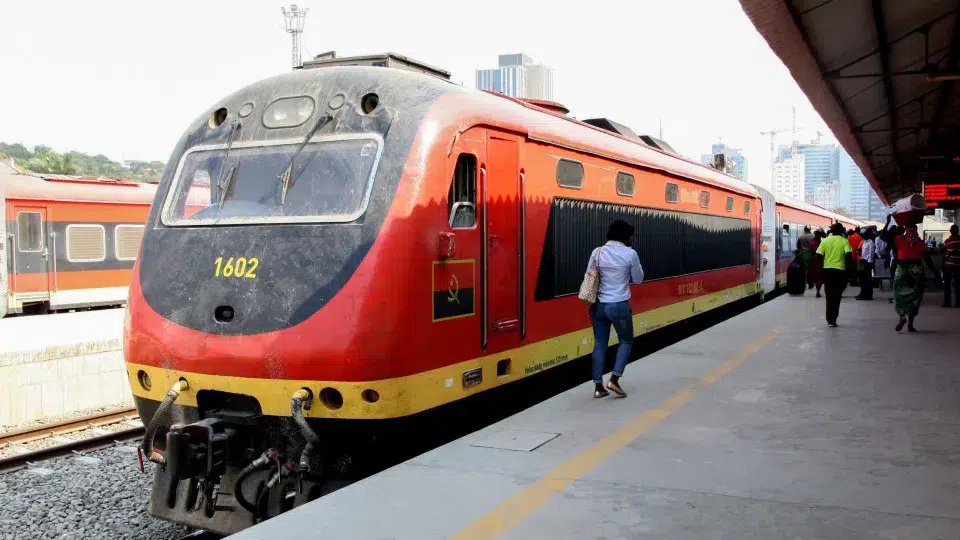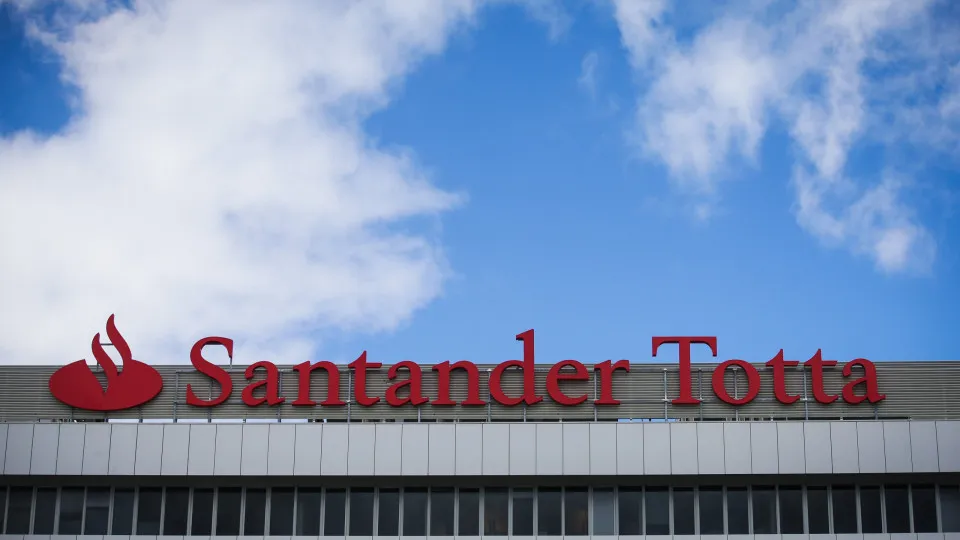
Ricardo Viegas d’Abreu emphasized that transnational projects have greater banking viability.
“We are working to close the ‘greenfield’ project [a project that starts from scratch in a completely new location or context, without pre-existing structures or systems] connecting [the Lobito Corridor] to Zambia, and this summit is crucial because it brings together various partners who can help secure the necessary financing package to move forward with this project,” stated the minister, estimating the total investment at $4.5 billion.
The minister spoke to journalists on the sidelines of the 3rd Summit on Financing for Infrastructure Development in Africa, which runs until Friday in Luanda, announcing that the first stone is expected to be laid in 2026 and that there are “several interested parties,” including European initiatives, the African Development Bank, and entities from Egypt, among other partners.
Ricardo Abreu highlighted the need to “find solutions that can reduce the infrastructure deficit on the African continent,” underlining the importance of bringing together “different stakeholders, whether development financial institutions, private financial institutions, or investors interested in securing financing and investment in critical infrastructure projects for the continent’s development.”
In Angola, he noted, this process has been conducted through concession models, pointing out the Lobito Corridor as “the most emblematic project in the transport sector,” where the Lobito Atlantic Railway (LAR) consortium, formed by Mota-Engil, Trafigura, and Vecturis, has already invested around $300 million.
According to the minister, the government has observed “growing interest from the private sector” in investing in transport infrastructure, including ‘greenfield’ projects, built from scratch, such as the future railway connection between Angola and Zambia.
“What we have noticed is that there is much more interest in transnational projects that can connect the continent in this logic of integration and cooperation. But this also brings other challenges, which include ensuring regulatory harmonization and the same sense of priority regarding the projects,” he stated.
Ricardo Abreu further mentioned that the government is preparing mechanisms to cover the economic viability gap of these projects, many of which “have no history of passenger or freight flow,” announcing the creation of a fund aimed at mitigating initial risk and challenging development organizations and other existing funds “to be part of this solution.”
The railway connection between Angola and Zambia, through the Lobito Corridor, was projected to span approximately 800 kilometers, with 300 kilometers in Angolan territory.




